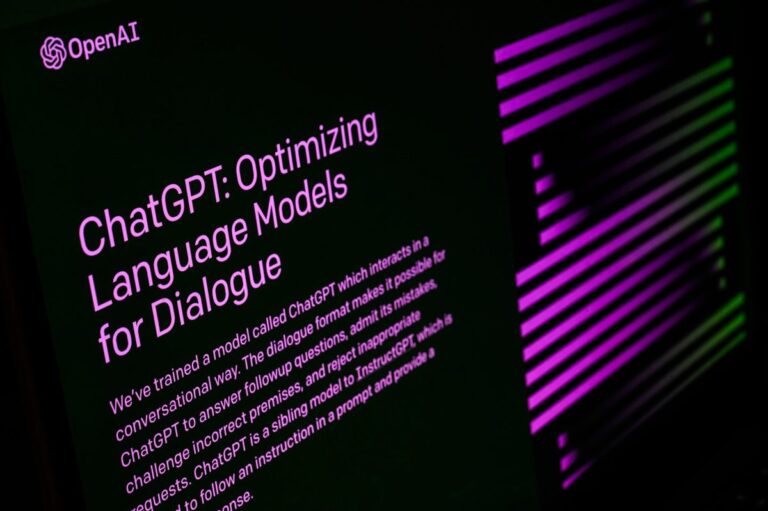Stigg makes it easy to change your SaaS pricing
Stigg (not The Stig, just Stigg) describes itself as “the first scalable monetization platform for the modern billing stack.” There’s a lot going on in that sentence, but what it comes down to is that the startup, which on Wednesday announced a $17.5 million Series A round, helps SaaS companies model pricing, create pricing pages, decide (and change) which features and usage allotments should go with which pricing plan, manage customers, and more. One nifty aspect of Stigg is that it does all of this with an SDK that is available in most popular languages and aims to stay out of the developer’s way.
The company was founded by Dor Sasson and Anton Zagrebelny, who previously worked together at New Relic. “I was leading the AI machine learning product line at New Relic,” Sasson told me. “Anton was building together with me, and we were the first team that was involved in trying to monetize AI for the first time. New Relic was a large public company, selling to developers. We were mainly [using a] seat-based model, and we had new leadership with aspirations and bullish ideas around usage-based pricing and how we can layer more and more consumption-based models into our how we go to market. It turned out to be tremendously difficult to drive home safely such a major pricing and packaging change in the scope and the volume, and complexity of a public company such as New Relic.”

As with all good startup founding stories, the founders saw this as a gap in the market and decided to tackle it themselves. The team raised a $6.4 million seed round in 2021 (announced in 2022) from institutional investors like Unusual Ventures and Emerge Ventures, as well as a number of prominent angel investors. Today, Stigg counts the likes of AI21labs, Cloudinary, PagerDuty, Miro, and Webflow among its users.
Specifically, the advent of AI-based features, Sasson said, is making a lot of SaaS companies revisit their current pricing plans.
“AI is also disrupting everything we thought about how you sell and monetize software. Traditionally software is being sold with a subscription-based model — with, sometimes, a little bit of consumption layered onto it. Today, with AI, we see more and more companies actually looking to sell differently, looking to introduce outcome-based pricing concepts, or work-based pricing concepts,” Sasson said.

Traditionally, a lot of the pricing models and entitlements (that is, the features that come with your specific pricing plan), are hard coded into the application, which adds a lot of friction when you want to make any changes. When you want to to modernize this stack and solve for speed, and flexibility, you need to build the right tooling for the engineers who have to implement it.
But you also need the right tools for the go-to-market team to make changes to pricing plans when needed — and without having to get the developers to rewrite a lot of code. For them, Stigg offers a management console that lets them do all of that.
“The key principle here is to start decoupling dollars and commercial concepts from hard-coded configurations related to actual features and usage and experiences, so that the engineering team can help the business introduce new ways to package and model — and ultimately commercialize software — without having to worry about the downstream implications of the commercial aspects of such of those elements,” Sasson explained.
The new funding round was led by Red Dot Capital Partners, with participation from Unusual Ventures, Emerge Ventures, Redseed, and Cerca Partners.







